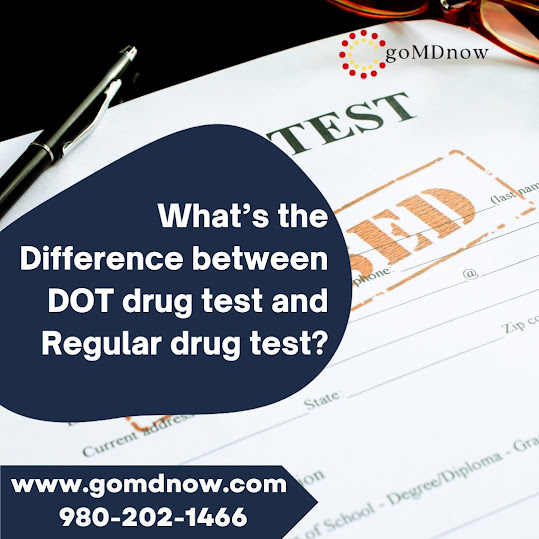The Return-to-Duty Process - Drug & Alcohol Clearinghouse
Return-to-duty-process (RTD) is a critical process in ensuring the safety of personnel and locations that may be at risk of accidents or incidents caused by drug or alcohol use or abuse. It is a multi-step process that involves different parties, from employers to medical professionals to government officials, and includes pre-employment drug testing and post-accident alcohol testing as well. The goal of the RTD process is to verify employees remain drug-free and alcohol-free for the duration of their employment, and are fit for duty when returning to their workplace.
The Federal Motor
Carrier Safety Administration (FMCSA) has an online Drug & Alcohol
Clearinghouse that serves as a valuable resource for employers and individuals
seeking to comply with RTD regulations. The Clearinghouse is a user-friendly
website that allows employers to access important background information such
as alcohol or drug test results and clearance status of prospective or current
employees. The Clearinghouse contains a comprehensive list of individuals in
the transportation industry who have been tested for drugs or alcohol and found
positive. Individuals are required to establish a Drug & Alcohol
Clearinghouse account in order to make registry of driver information available
to employers.
The process of
maintenance and verification of all RTD-related data is overseen by the
Clearinghouse, including driver self-reporting, the results of pre-employment,
post-accident and random drug or alcohol tests, the completion of
return-to-duty requirements, the n-DOT Drug & Alcohol Course and certification
tests, license medical examinations, and drug/alcohol-related violations and
convictions. After completing all required steps, the RTD process is completed
by recording the information of the individual in the Clearinghouse.
During the RTD
process, employers must ensure that their employees are fully compliant with
their obligations and that all required steps are complete. Aside from
accessing data from the Clearinghouse, employers must also ensure that the
employee is evaluated by a Substance Abuse Professional (SAP) who must certify
that the employee is fit for duty and may not be impaired by drugs or alcohol.
An employer’s duty to remain diligent is particularly important during
post-accident evaluations and random testing.
The Drug & Alcohol
Clearinghouse and the importance of maintaining pre-employment drug testing,
random drug and alcohol testing, and post-accident drug and alcohol testing
cannot be overemphasized. The Clearinghouse helps ensure the safety and
security of personnel, locations, and motor vehicles that are at risk of
accidents or incidents involving drugs or alcohol. Ultimately, employers should
strive for their personnel and locations to remain drug- and alcohol-free, and
the RTD and Drug & Alcohol Clearinghouse processes can help employers
achieve that goal.




Comments
Post a Comment